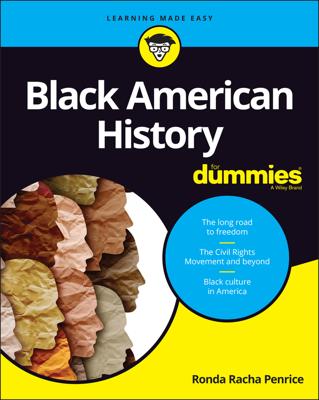The dramatic civil rights and segregation battles that set the tone for much of the 1960s didn’t just happen. Several events preceded those battles, perhaps none more important than the 1954 Supreme Court decision of Brown v. Board of Education. That decision overturned the 1896 Plessy v. Ferguson edict, which set the precedent for legalized segregation.
Segregation precedent prior to Brown v. Board of Education
Before the 1950s, most court cases challenging segregated schooling targeted higher education. Longtime Howard Law School dean Charles Hamilton Houston, the first African American editor of the Harvard Law Review, crafted the brilliant strategy to challenge Jim Crow’s “separate but equal” mandate in graduate education in the 1930s when he led the NAACP Legal Defense Fund. Consequently, the NAACP legal team, which had tried many of the key segregation cases since 1935, gained momentum with these 1950 landmark decisions:
Sweatt v. Painter: Denied admission to the University of Texas School of Law in 1946 despite meeting all requirements but race, Heman Marion Sweatt pursued legal action to force the school to accept him. Because a law school admitting blacks opened in 1947 while his case was still being heard, the Texas courts upheld the University of Texas’s denial of admission to Sweatt.
The Supreme Court overturned the Texas courts’ decision citing that the University of Texas had substantially more professors and students plus a larger law library than the black law school, marking the first time the Court factored in issues of substantive quality and not just the existence of a separate school.
McLaurin v. Oklahoma State Regents: Although admitted to the University of Oklahoma, doctoral student George W. McLaurin was forced to sit in a designated row in class, at a separate table for lunch, and at a special desk in the library. Oklahoma courts denied McLaurin’s appeal to remove these separate restrictions. The Supreme Court overturned the lower court’s decision, ruling that Oklahoma’s treatment of McLaurin violated the Fourteenth Amendment, which prevents any separate treatment based on race.
In essence, these decisions undermined the rationale behind the Supreme Court’s 1896 ruling in Plessy v. Ferguson: that separate facilities were equal. In June 1950, NAACP lead attorney Thurgood Marshall, who later became the first black Supreme Court Justice, convened the NAACP’s board of directors and some of the nation’s top lawyers to discuss the next phase of attack. They decided that the NAACP, which had already initiated some lawsuits, would pursue a full-out legal assault on school segregation.
Brown v. Board of Education and the legal strategy behind the verdict
Wanting to form a representative sample of the nation as a whole, the Supreme Court consolidated five cases to form the more popularly known Brown v. Board of Education.
To get Plessy overturned, Thurgood Marshall and his team knew they had to show that segregation in and of itself actually harmed black children. To do so, he relied on the research of Dr. Kenneth Clark and his wife Mamie Phipps Clark, the first and second African Americans to receive doctorates in psychology from Columbia University. To figure out how black children saw themselves, the Clarks placed white and black dolls before black children and asked them to identify the “nice” and “bad” doll as well as choose the one most like them. Most children identified the white doll as nice and the black doll as bad even when they identified themselves with the black doll.
Based on these findings, the Clarks concluded that black children had impaired self-images. Few expected the unanimous decision finally delivered on May 17, 1954. “[I]n the field of public education the doctrine of ‘separate but equal’ has no place,” ruled the Supreme Court. “Separate educational facilities are inherently unequal.” A year later, on May 31, 1955, the case known as Brown II, the Court established guidelines to desegregate all public education in the United States.
As the implementation of the Brown ruling began, the nation discovered that restoring equality and applying its principle were two different battles. Although many whites didn’t fully support the Supreme Court’s decision, they abided by it. Others simply refused. In parts of the South, resistance reached dramatic heights.

